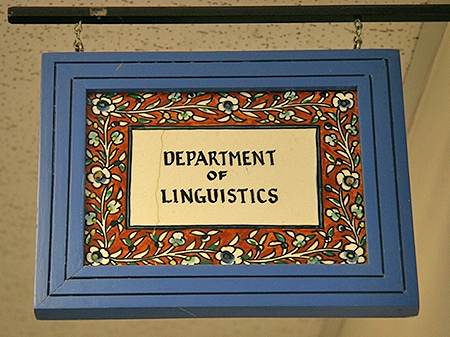
Linguistics ETDs
Publication Date
Spring 4-14-2021
Abstract
One of the most intriguing aspects of bilingual speakers and signers is their ability to access both languages simultaneously. Though much research has been dedicated to understanding how two languages interact, or co-activate, within proficient bilinguals, less is understood about how and when novice and intermediate learners develop similar cross-language interactions. Thus, the current study aimed to uncover at what stages during novice and intermediate L2 development co-activation can be detected. It also investigated possible mechanisms behind co-activation. Specifically, the study attempted to clarify if any detected co-activation amongst L2 learners is dependent on associations between lexical and conceptual representations, or, rather, if co-activation relies primarily on lateral lexical links without conceptual mediation. These questions were tested with native English-speaking novice and intermediate learners of Spanish at the University of New Mexico. Participants partook in three online experiments across two sessions: lexical decision tasks in both the L1 and the L2, and a translation recognition task similar to Sunderman & Kroll (2006) and Ma et al. (2017). While significant L2-on-L1 effects were not found, the current study did uncover that participants experienced significant increases in L2 word knowledge across sessions. Furthermore, evidence of direct L2 meaning access was also found, even in less proficient participants.
Language
English
Keywords
second language acquisition, psycholinguistics, bilingualism, spanish
Document Type
Thesis
Degree Name
Linguistics
Level of Degree
Masters
Department Name
Department of Linguistics
First Committee Member (Chair)
Jill Morford
Second Committee Member
Eva Rodriguez Gonzalez
Third Committee Member
Judith Kroll
Recommended Citation
Sulier, Nicholas. "Language Co-Activation in Novice and Intermediate L2 Learners." (2021). https://digitalrepository.unm.edu/ling_etds/78
